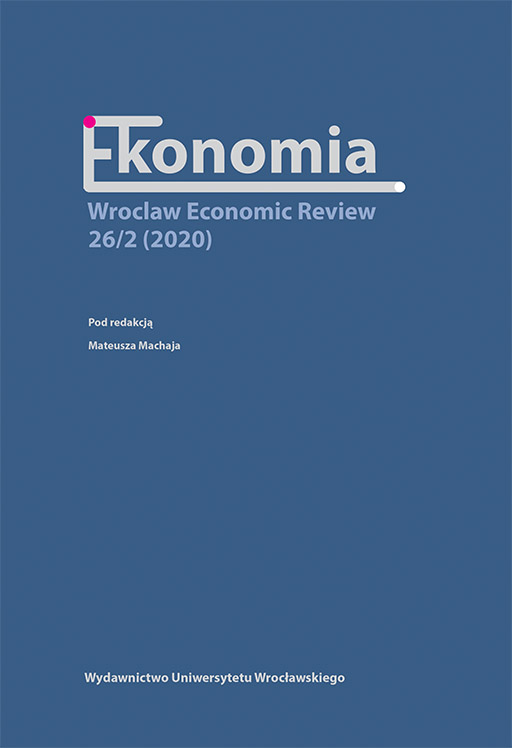

Articles

After 2007 year the world economy entered not only a financial crisis, but also structural changes in the international division of labor. The crisis affected different sectors and trading partners, which influences their position in the global economy. While world trade has returned to a dynamic growth path since 2011, the global economy has undergone qualitative change due to the decline in exchange of well-developed countries and growth in trade of New Industrial Countries (NIC). The emerging trends of trade after the crisis is worth examining, for at least two reasons: firstly, because, through the crisis, they verify the theories of international trade, while at the same time giving a response — the thesis of which theories correspond to modern reality. Secondly, they shed light on the shaping of the future division of labor in the global economy and the new balance between sectors and partners. After 2007, international exchange was growing by increasing the demand for technologically advanced products, on diversity, and on services. The increase of NIC in global trade points to the importance of competitiveness factors, diffusion of knowledge and development of Global Value Chains. The EU and the USA are seeing the steady progress of NIC, especially when it comes to exchanging office and telecommunications equipment, chemicals, computers, construction and travel services, but they are of marginal importance when it comes to charges for intellectual property rights.